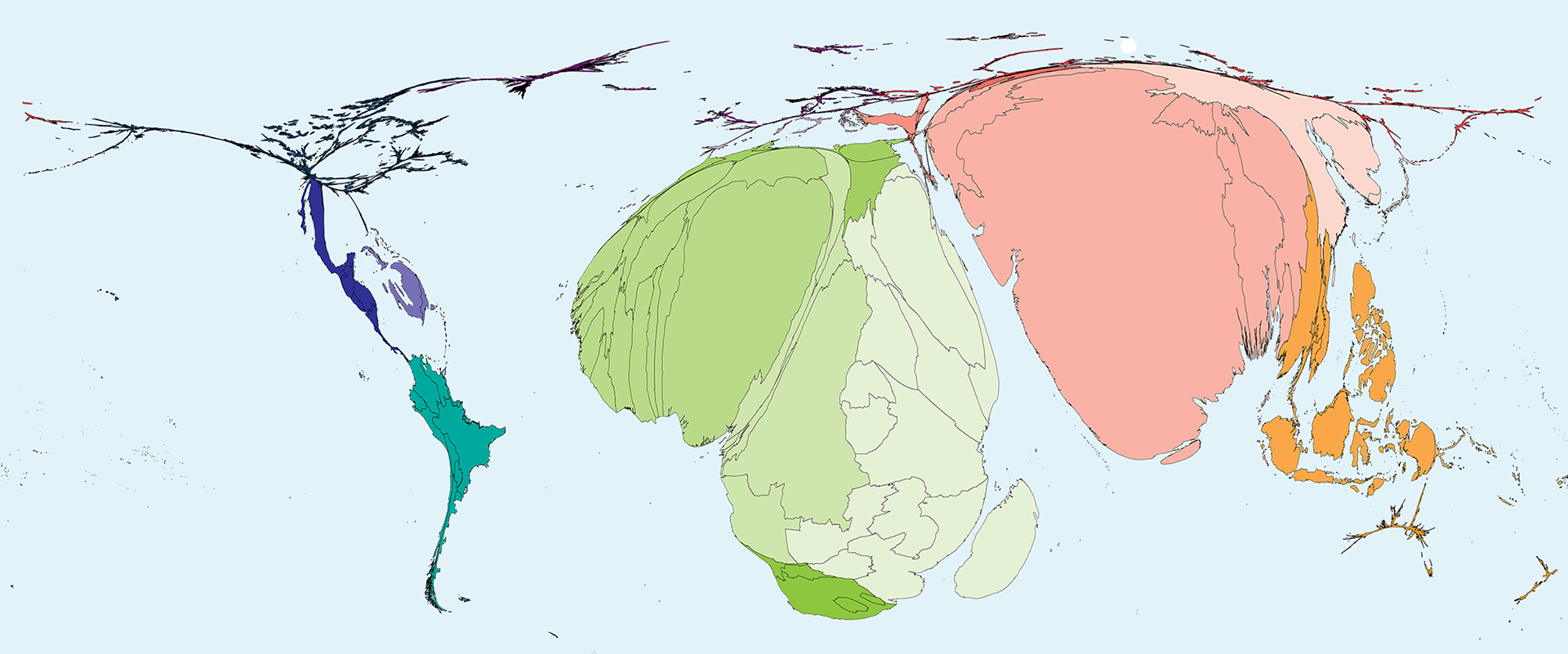Inequality, the Panama Papers, and the power of a good map

The Panama Papers revealed what a few suspected for some time, but many people did not believe – that a large proportion of wealthy people were trying very hard to avoid paying much of their tax.
The release of the data was coordinated internationally to prevent even the richest of plutocrats (people whose power comes from their wealth) from using their financial power to hire lawyers to stop it.
And now we know that there is so much more to come. Only a few hundred thousand documents have so far been analysed among the millions released. And Mossack Fonseca, from where the leaks originated, is only the fourth largest offshore law firm in the world. The question is: what’s still out there waiting to be unearthed?
Just over a century ago wealth inequality in the world peaked in 1913. It’s now possible that under far more peaceful circumstances, the release and revelations of the Panama Papers could be a similar turning point in world history. There’s only so much extreme inequality a more literate, educated and financially savvy world can take.
Now, a new, younger and less-blinkered generation of economists and journalists are needed to complete a story that hopefully began only in 2016. It may take some years, but we no longer have to argue that the richest hide so much money – money that was not in general circulation, that was being stashed away, out of sight and off-the-record. Now, nowhere is safe. If you’re wealthy, it’s time to start playing by the rules…
Read the full interview in This Week or in Danny’s web archive.